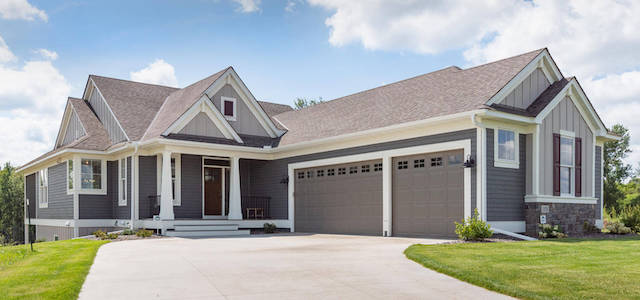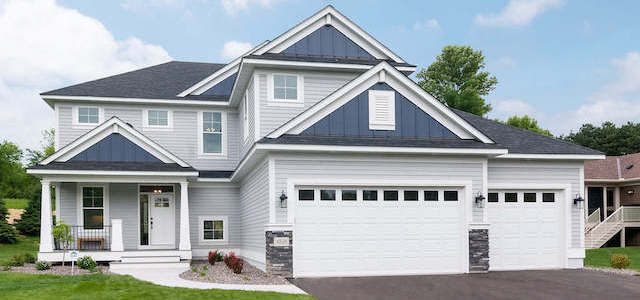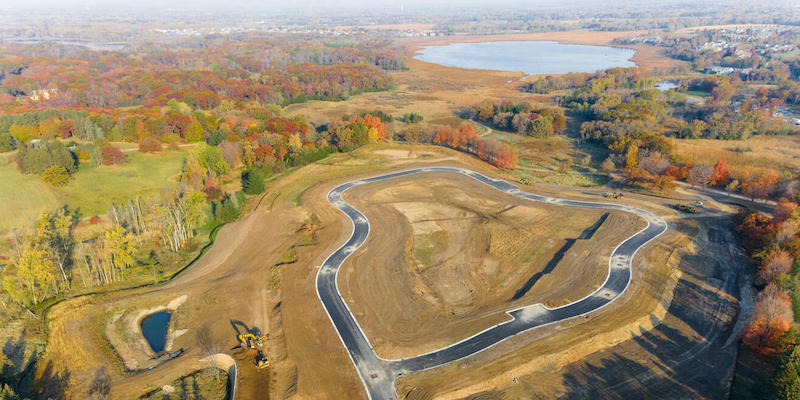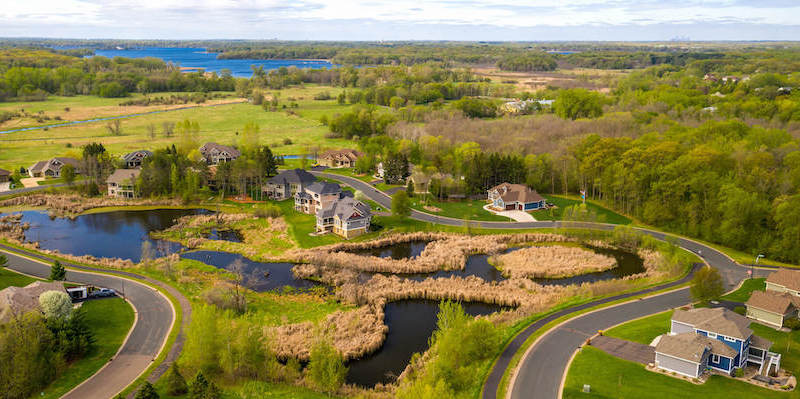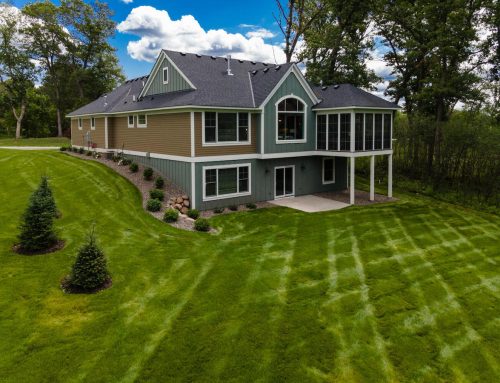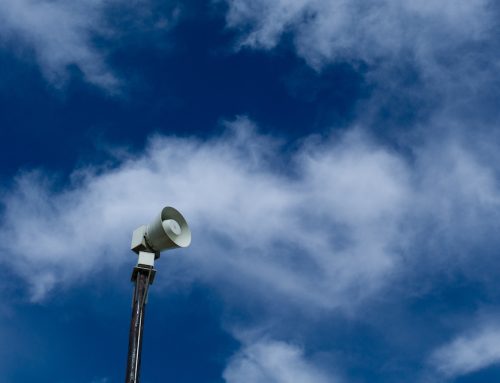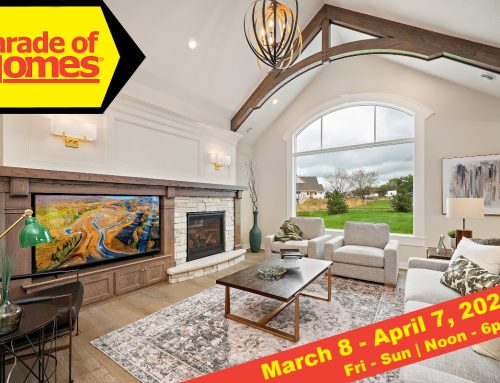Like used cars, used houses can sometimes seem like a better deal. And like used cars, used houses are often billed as “as good as new.” But like used cars, used houses typically come with hidden costs and unforeseen problems.
So, before purchasing a used home, be sure to take a look at some of the hidden costs of a used home and determine if, in the long run, building a new home is the better decision. The three main hidden costs of a used home include antiquated design, deferred maintenance, and the monthly utility bills.
Antiquated Design
When you’re looking at purchasing any home you need to make sure it fits your lifestyle. Be sure to take our Livability at a Glance quiz to determine what you should look for in a home. The main points you should consider are will it;
- Entertain the way you want it to?
- Offer flexible living that will allow you to use certain areas for multiple purposes?
- Offer enough storage space to help keep your life organized?
- Have the ability to bring you peace and calm at the end of the day through de-stressing
When purchasing a used home, finding the perfect floor plan, in the perfect location, at your ideal price range simply doesn’t exist. So, in the end, purchasing a used home is all about compromise. One of the main areas you’ll be forced to compromise in is the design. The used home you’re looking at now was built to someone else’s specification in a different time.
Often those who compromise on the design of the home can only stand it for a time before they decide that it really just doesn’t work for them. Additionally, after a time they may find out that their needs have changed but their home just isn’t able to keep pace.
Below is a list of different types of remodeling projects, their national averages, and sample costs of the remodel in your region. Taken from – http://www.remodeling.hw.net/cost-vs-value/2015/west-north-central/.
Deferred Maintenance
Roofs leak, ovens break down, furnaces give out (usually on the coldest day) and air conditioners need repair (usually on the warmest day). An older home demands an average of 2-3% of its purchase price for annual upkeep — and that list can be never-ending.
Every component in a house has a usable life. When you buy a used house you’re buying the pro-rated life of each component (e.g. a furnace with a 10 year life expectancy).
Some costs associated with the normal “wear and tear” of an older house are listed below.
Used House Deferred Maintenance Items
- New electrical
- New roofing
- Central air
- New appliances
- New countertops
- New flooring
- New exterior paint
- New interior paint
- New furnace
- Light fixtures
- Plumbing fixtures
- Garage doors
- New windows
If you’ve owned a used house before you know the list goes on and on from there. You also know you end up spending most of your free time either repairing these things, having someone else repair them or shopping for new ones.
Energy Costs
I can’t give you exact numbers on how much higher your energy bills will be with a used house. But, here’s why you’ll pay more each month in a used house when it comes to writing that check to the utility company.
Electricity: Today’s light fixtures are designed for CFL bulbs and you’ll have the ability to completely outfit your home with CFL, LED or Halogen bulbs. Any of these options will save you dollars on your electric bill.
Heating Ventilation Air Conditioning (HVAC) systems all use fans to circulate air in your home. Today’s systems use dramatically less energy to turn all these fans saving you more dollars.
Water: All of today’s plumbing fixtures including shower, sink and toilets are designed to use less water and save you money. Landscape irrigation systems are designed with sensors to shut off watering times if the soil around your home has just been watered by Mother Nature.
Natural gas or Propane: Forced air furnaces and boilers are required to be 90%+ efficiency. These appliances not only keep more of your money in your pocket, they also provide better heating when combined with the correct ducting ventilation.
When you add;
- Remodeling costs
- Deferred maintenance
- Higher utility costs…
…to your monthly mortgage payment (after taxes), your costs are often substantially higher with a used house than with the purchase of a comparably sized new home. And with a brand new home, you can build your dream – not inherit someone else’s problems.

